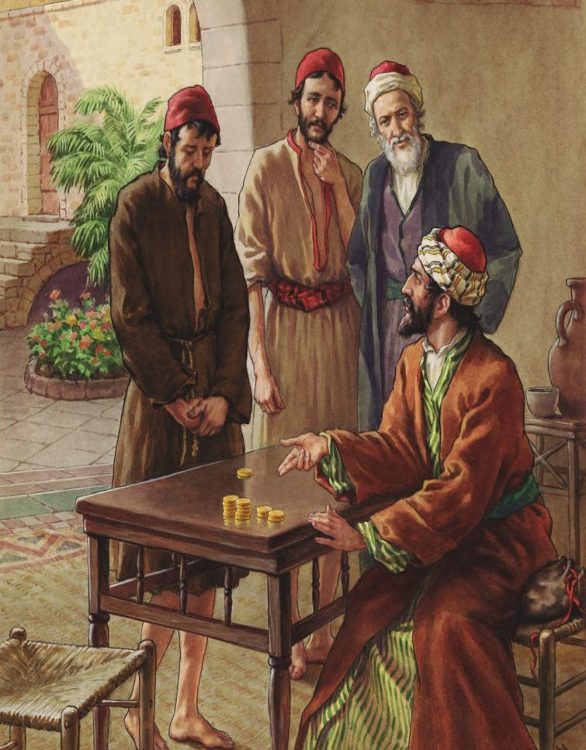The Enduring City of God, by Regis Martin

Tony Abbott Says Catholics Need More ‘Character, Conviction and Courage’, by Solène Tadié
October 12, 2024
Fr. Jerry Pokorsky: Jesus Does Not Follow the Science
October 12, 2024
Crisis magazine.
By Regis Martin, Crisis Magazine, Oct. 12, 2024
Regis Martin is Professor of Theology and Faculty Associate with the Veritas Center for Ethics in Public Life at the Franciscan University of Steubenville. He earned a licentiate and a doctorate in sacred theology from the Pontifical University of St. Thomas Aquinas in Rome. …
Editor’s Note: This is the sixth in a series of articles on St. Augustine, one of the greatest of Church Fathers, and how his writings still apply today.




